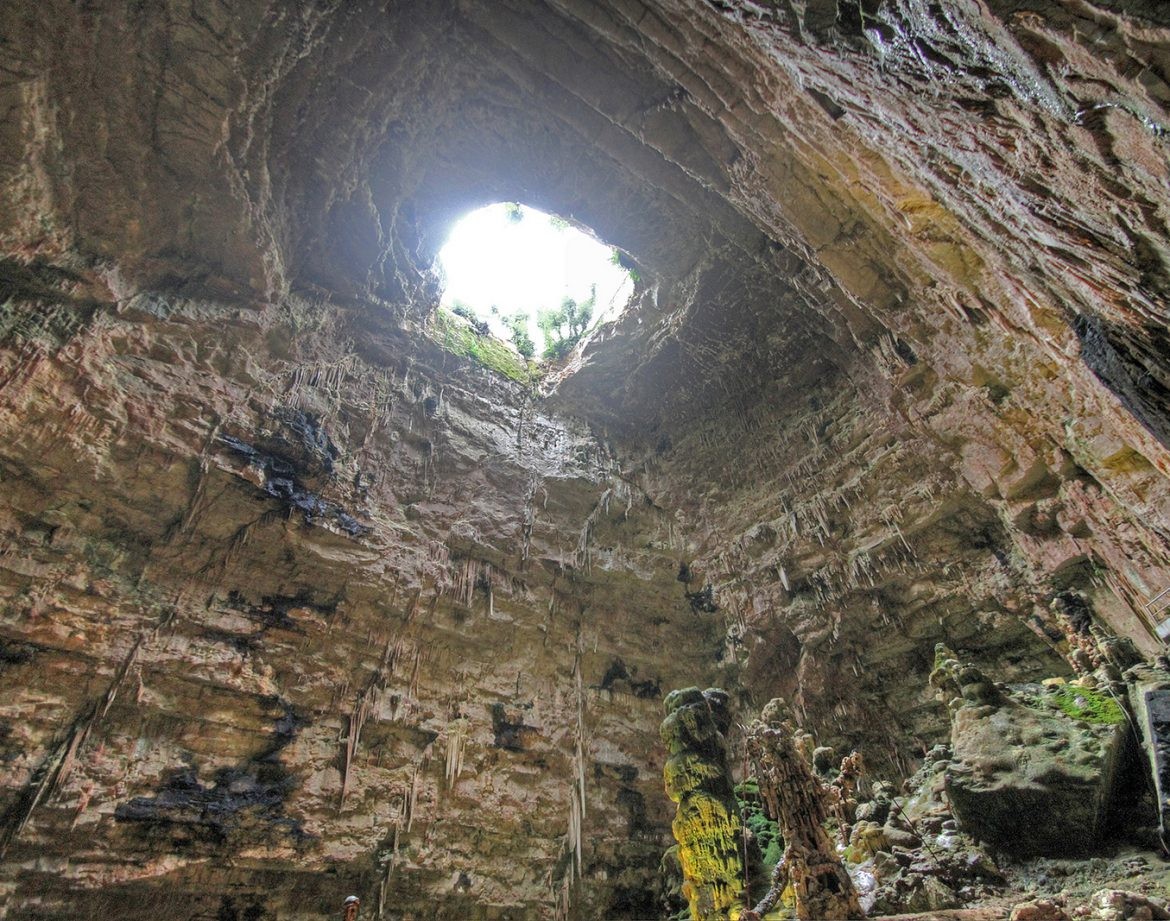Castellana Grotte
Castellana Grotte is one of the must-visit attractions in Puglia.
The first time I ever set foot there, on a street corner of the old town I bumped right into a young lady: it was then that I noticed she had a guide dog with her and I was embarrassed for not realizing sooner. I tried to make up for it by offering to help her, but she refused and when she realized how confused I was suggested I go for an espresso.
“If you keep going down this road and then turn right, you’ll get to a bar, tell them princess sent you – have the espresso on me.” Taken aback by her generosity, I asked if she’d like to come along with me.
As we stroll through the streets, she tells me that Castellana Grotte is a member of the Intermunicipal Tourism Consortium known as “trulli, grotte, mare” (trulloes, caves and sea), along with Noci, Conversano, Polignano and others.
“You can have a holiday here at any time of year, because we’ve got countryside, sea, a rich artistic heritage and excellent food and wine. We’ve got everything”, she tells me, following carefully along where her dog leads her.
Her description is so vivid, it sounds as if she could actually see it. I’m bowled over. She tells me that the world-famous Castellana Caves lie about a mile from the village, a vast system of caves created by the Apulian karst phenomenon, etched out by the unceasing action of rainwater on the limestone, and that they were discovered in 1938. They formed in the Upper Cretaceous, about a hundred million years ago.
Visitors can walk past fossils, stalactites and stalagmites that make the scenery almost surreal, rocks in incredible colours and bizarre shapes. The path begins with at the so-called Grave, a cavern with a large natural skylight, which is what led to its original discovery.
I find out that even people with disabilities can visit the caves, that you can hike through the caves during speleonight, with just the light on your safety helmets, so you can wonder at the nocturnal beauty of these karst environments.
The Grave also forms the stage for Hell in the Cave, an outstanding show that embraces the natural environment of the caves as its backdrop, combining dance, poetry and light shows, leading the audience on an extraordinary adventure tour of Dante’s Inferno.
After coffee, we carry on walking through the streets of the village. She points out the Church of Purgatory and the one dedicated to St. Francis of Assisi with its many valuable sculptural decorations. She gives me precise instructions on how to get to the Mother Church, the oldest holy building, and the Baroque-style Caroseno Church. She takes me to the entrance of the Town Hall and tells me all about the 18th- and 19th-century buildings along the main streets.
She tells me that just outside the town are the Madonna della Grotta underground church and the Santuario Maria Santissima della Vetrana, a sanctuary surrounded by typical beautiful Murgia landscapes, full of olive trees and Mediterranean plants.
After such a pleasant chat, the princess and her Margot say goodbye and I realize I’ve been enjoying the hospitality of the Pugliesi, and understand that we really ought to be travelling through life with our hearts rather than just with our eyes.







